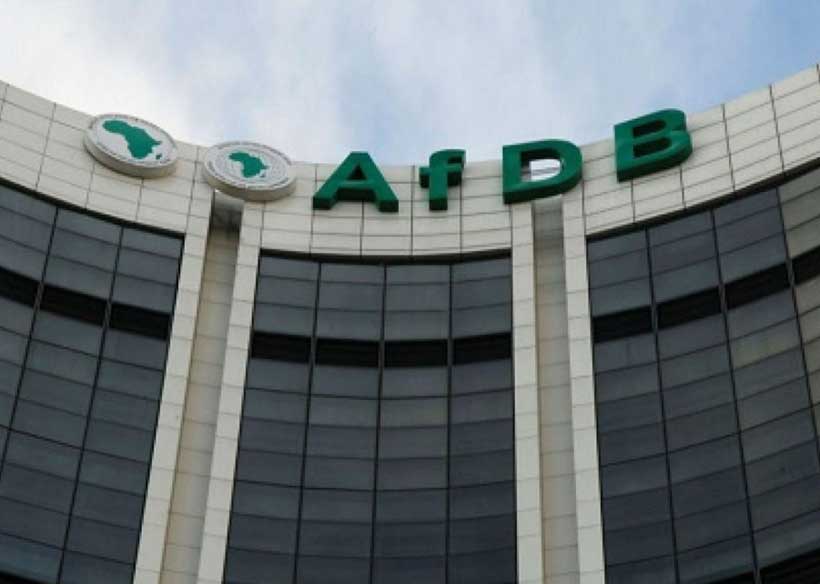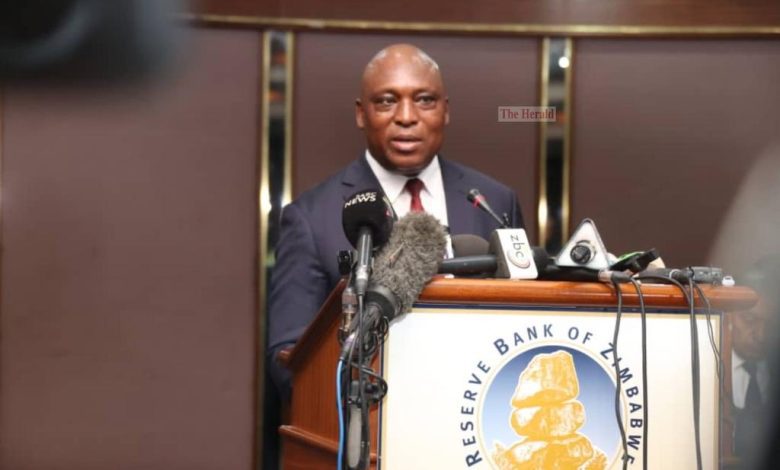Make sure the money taps stay turned off
The admission last week that the Reserve Bank of Zimbabwe was until last year creating out of nothing the Zimbabwe dollars needed to buy the 25 percent of export earnings that must be sold off as soon as they arrive was hardly startling news since this was the subject of a row last year.
But the admission by new Governor Dr John Mushayavanhu justifies the decision taken last year for the Ministry of Finance, Economic Development and Investment Promotion to take over the job of buying the surrendered export earnings and thus switching off what was probably the largest single tap creating new Zimbabwe dollars.
The Ministry cannot create, or for that matter destroy, any money. When buying foreign currency all the Ministry can do is, in effect, move money that already exists in its local currency account in the consolidated revenue fund to the foreign currency account in the same fund.
But the admission also highlights what we hope is general consensus between Minister Mthuli Ncube, Permanent Secretary George Guvamatanga and Governor Mushayavanhu.
Zimbabwe has been bedevilled by the creation of money out of thin air, “printing money” as it is generally called for well over 20 years when the old system of making sure that all Government deficit funding was properly done through the issue of bonds and similar instruments.
These had their interest payments being one of the first calls on Government revenue, in fact something that had to be paid regardless of how the main part of the budget was split between ministries later on.
In older times the interest on the national debt was, in most jurisdictions, tied to the permanent taxes, usually the customs duties, so no one could fiddle with them.
In the early 2000s money supply was created out of thin air by literal printing, the presses at Fidelity printers howling away and ever larger denominations of notes being printed as inflation took hold.
IT has been estimated that at one time half of all Government spending was funded out of the difference between the cost of printing banknotes and bearer cheques and the face value of these bits of paper.
After the inevitable collapse of the then Zimbabwe dollar dollarisation should have stopped creation of money supply. It did not.
The main taps were the funding of fiscal deficits by Treasury bonds, a short term instrument made to do long term financing through rolling over the debt almost continuously, and the creation of growing balances within the RTGS system.
In effect, although the process was far more complex and sophisticated, Zimbabwe was “printing” what amounted to fake US dollars, that is creating US dollar balances out of thin air.
The commercial banking sector was not blameless. It was adding to the supply of money by lending out these created US dollars, and so the interest payments on the loans were, in effect, creating even more money that had not real existence.
The Second Republic started turning off the taps when The Government, with President Mnangagwa backing his Treasury technocrat Prof Ncube, for strong fiscal discipline.
And while the odd deficit did appear this was covered either by a delay in some capital payment, or by borrowing with each loan backed by a secure flow of cash, such as toll gate receipts.
This, in fact, is how that concession for the new Beitbridge Border Post has been funded. The investors are getting the border post fees, the parking charges and all the other bits and pieces that are not taxes and not visa fees. It does not create money and the repayment of the loan does not break the budget since the funding is off budget, via a concession.
The build up of the “fake dollars” within the RTGS system was still there and so a few months later the link between the numbers in bank accounts and real US dollars had to be broken.
It was thought to be a one-off process, relaunching the Zimbabwe dollar and calling the numbers in ordinary bank accounts Zimbabwe dollars. There was the jolt in exchange rates, but it was hoped this was it.
But it became obvious that although the Government was no longer creating money, money was still being created since the partly managed exchange rate every now and again was going through a meltdown and as the flood of new money overcame the defences.
The multi-currency system did not help as there was a desire, amounting to desperation, to hold US dollars and so artificial pressures were existing to create and maintain the black market.
Auctions were brought in and helped, at first, but were not prolonged stability. The RBZ was selling the bulk of the export earnings it was buying but the rest of the export earnings were being hoarded by the exporters and they were selling the minimum possible and refusing to let banks lend these hoards. There was a lot of debate at the time over that.
It became ever more apparent that somewhere there were taps creating local currency as the money supply, when we looked at M3, the actual money in the economy, rather than the limited reserve money, was growing far faster than theory supported after the Government’s fiscal discipline.
There was a strong effort to turn off the private sector speculation tap by shoving interest rates on local currency loans through the roof to 200 percent.
That reduced demand for loans dramatically, but the banks were still receiving interest payments, now far vaster, and that was in itself creating some money.
Last year there was what by all accounts a serious finger-pointing row across Sam Nujoma Street between the Reserve Bank on the west side and the Finance Ministry on the east side.
It was largely kept behind the scenes although was reasonably common knowledge in financial circles.
The Reserve Bank thought the Ministry was the main tap through its payments of Government accounts, specifically the payments to contractors, of large blocks of local currency.
The Ministry could not see how this created money, since it could not create money; it had to have the cash in its accounts before it could make payment. It agreed that a sudden large block of payments could create a temporary surge in liquidity but not a permanent one, and that it would space out payments.
One problem that emerged was that some contractors were immediately converting these payments to US dollars on the black market, but this could be monitored in the banking system and steps were taken to stop that.
The Ministry did more digging and reckoned the main tap was the Reserve Bank buying the 25 percent surrendered export earnings with created cash.
In theory what the Reserve Bank was doing was not totally evil. It was creating money to buy the hard currency but then, in theory, destroying that currency when it sold the currency at auction.
But one problem was the growing gap in exchange rates of the buy and sell transactions, and there were other processes that made the destruction of the created local currency very problematical.
That was when the Ministry managed to get the system changed so it did the buying and while auctions continued, in a more sophisticated form with wholesale auctions to banks, the Ministry was still just shuffling money between its accounts for both buying and indirect selling.
That should have fixed the problem. But this year we saw, for three months, a dramatic decline in local currency value. That was probably because of the huge pool of local currency, plus the movement within business circles to move towards more US dollar transactions whenever possible, hitting 80 percent by the end of March.
That would have made the local currency pool even more vulnerable, since it was used for a smaller proportion of business.
As we have said before, we suspect that the delay of almost three months in launching the ZiG was to use the pure banking system, without any management by authorities, to reduce the value of the local currency pool to the US$80 million it reached by early April, and at the same time to check if anyone had left a tap on. Liquidity certainly fell and that suggests that there were no hidden taps.
The black market is still a major nuisance, since dealers must have good premiums to make any money at all, even with their high margins between bid and ask rates. So they attack the commercial exchange rate. But the attack there, via the arrests but more importantly via tracking down and freezing bank accounts being used for illegal dealing, should tame it.
Dr Mushayavanhu’s greater openness is a start, but he needs to maintain that, and he and the Treasury need to work together to look out for any taps that may be creating money and hurriedly shut them off, regardless of who owns the tap.
The big secret, obviously, is controlling the creation of money supply now, that other fundamentals have been fixed and market distortions eliminated. They seem to agree where the former taps were, and now agree that these were turned off, but eternal vigilance is now required.-ebusinessweekly










